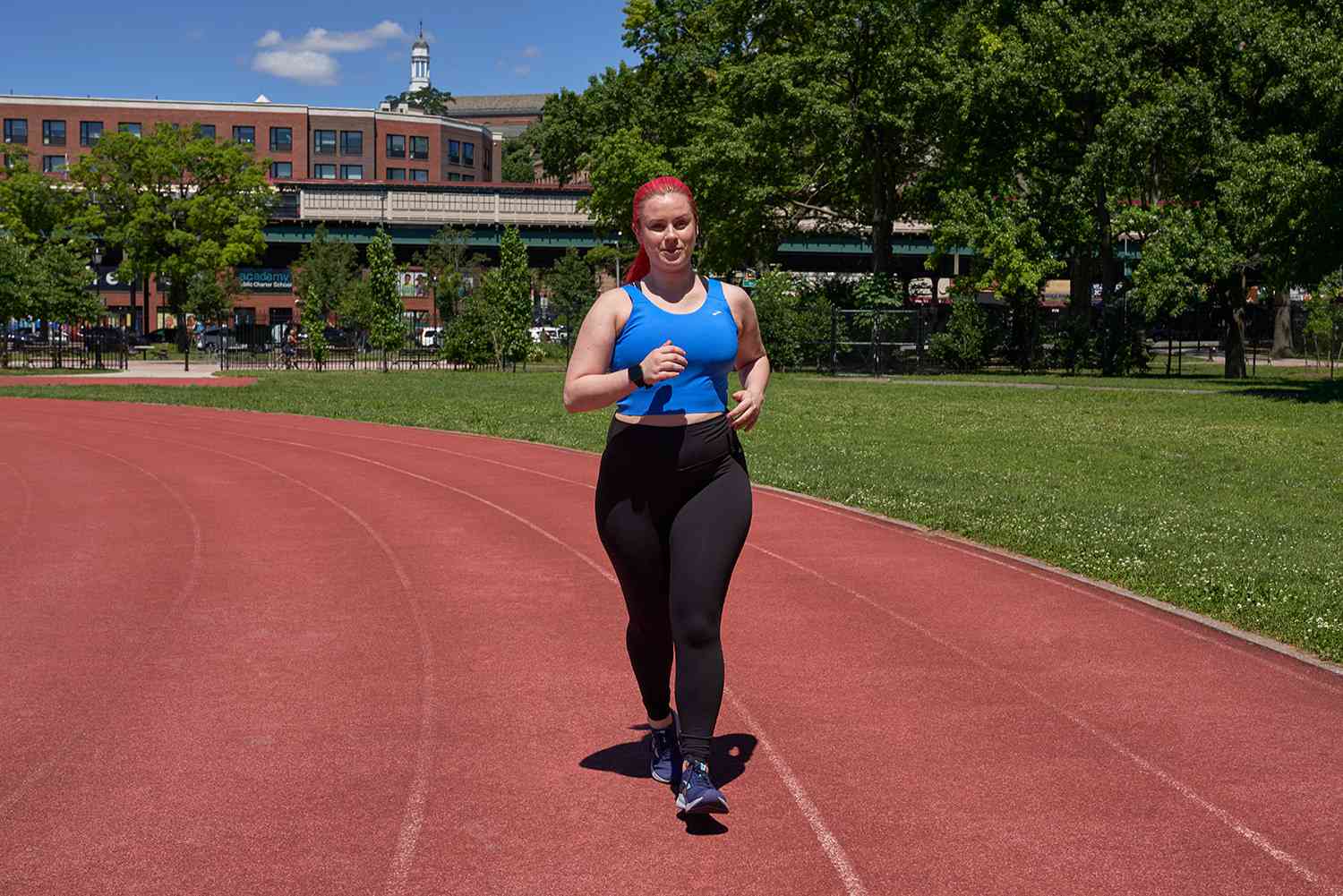Walking is a great form of exercise and a kilometer is a common distance used by many walkers. But how many steps does it actually take to walk one kilometer? The number of steps per kilometer varies from person to person based on factors like stride length. This post will provide estimates for the average number of steps per kilometer and tips for figuring out your personal step-to-distance ratio. Knowing roughly how many steps make up a kilometer can help you set walking goals and measure your progress.

Contents
How Many Steps Are In A Kilometer?
the number of steps in a kilometer can vary depending on the person’s stride length, which is how far you step with each foot. Typically, adults take between 1,200 and 1,500 steps to walk one kilometer. However, this can differ between men and women due to variations in average stride length.
For Men:
Men, on average, tend to have a longer stride length compared to women. This is mainly because they are generally taller and have longer legs. For men, it’s estimated that they might take about 1,200 to 1,400 steps to walk a kilometer, assuming an average stride length of 78 centimeters (about 30.7 inches).

For Women:
Women usually have a shorter stride length, which means they may take more steps to cover the same distance. For women, the average steps to walk a kilometer could be around 1,400 to 1,600, with an average stride length of around 70 centimeters (about 27.5 inches).

What Affects The Number Of Steps In A Kilometer?
Several factors influence the number of steps you take to cover a kilometer, primarily revolving around your individual characteristics and the activity itself. Here are the key elements:
1. Stride Length: This is the crucial factor, representing the distance between your heel strike points in consecutive steps. Longer strides naturally mean fewer steps needed to cover the same distance. Stride length is influenced by:
- Height: Taller individuals generally have longer strides, taking fewer steps per kilometer.
- Gender: On average, men have slightly longer strides than women.
- Pace: When walking or running faster, your stride length increases, reducing steps per kilometer.
- Terrain: Uneven terrain like hills or stairs can shorten your stride and increase steps.
2. Walking vs. Running: Running involves a longer, more propulsive stride than walking, leading to fewer steps per kilometer (typically 900-1250 compared to 1200-1500).
3. Fitness Level: As fitness improves, stride length often increases due to stronger leg muscles and better gait mechanics, reducing steps per kilometer.
4. Footwear: Shoes can slightly impact stride length. Bulky boots shorten it, while minimalist shoes might encourage a longer stride.
5. Carrying Weight: Backpacks or other loads add weight and can slightly shorten your stride, increasing steps per kilometer.
How To Track The Number Of Steps You Take In A Kilometer?
To accurately track the number of steps you take in a kilometer, you first need to measure your average stride length. There are a few different methods you can use:

- Pedometer or Activity Monitor: Many devices such as pedometers, smartwatches, and activity monitors have built-in step counters. These devices can measure your steps and provide you with an estimate of your average stride length. Simply wear the device and let it track your steps while walking or running.
- Counting Steps and Measuring Distance: Another way to measure stride length is by counting your steps over a certain distance and then calculating the average length of your stride. You can choose a specific distance, such as walking or running for 100 meters, and count your steps. Divide the distance traveled by the number of steps taken to determine your average stride length.
- Height-Based Estimation: A rough estimate for stride length is to multiply your height in inches by a specific factor. For women, multiply your height by 0.413, and for men, multiply your height by 0.415. However, keep in mind that this method provides an approximate estimate and may not be precise for everyone.
How Many Steps A Day Should You Take?
General Recommendations:
- The Centers for Disease Control and Prevention (CDC) recommends that most adults aim for at least 150 minutes of moderate-intensity aerobic activity or 75 minutes of vigorous-intensity aerobic activity per week. While not directly translating to steps, this goal emphasizes the importance of regular movement.
- Many experts suggest a baseline of 4,000 steps per day as a sign of a minimally active lifestyle.
Individualized Approaches:
- Age and Fitness Level: Younger, fitter individuals can generally handle higher step counts (8,000-10,000) for improved health benefits. Older adults or those starting an exercise program might benefit from starting with 5,000-6,000 steps and gradually increasing.
- Health Goals: For weight loss, research suggests aiming for more than 10,000 steps. For general health and fitness, 8,000-10,000 might be sufficient.
- Listen to your body: Don’t push yourself beyond your capabilities. Start gradually and increase your step count as you feel comfortable.
Frequently Asked Questions:
How many steps a day to lose weight?
To lose weight, it is recommended to aim for 10,000 steps per day. This target may vary based on age, gender, and activity level. Incorporating bursts of 3,500 steps or more can have an even greater impact on weight loss.
How many km is 10,000 steps?
10,000 steps roughly equate to about eight kilometers or approximately an hour and 40 minutes of walking, depending on your stride length and walking speed.
How many steps should I walk to lose weight?
For weight loss, aiming for 10,000 steps per day is a common recommendation. This roughly translates to about five miles of walking. Consistently hitting this daily step count can be beneficial for those aiming to lose weight.
How many km is 30 minutes walk?
Walking at a brisk pace for 30 minutes typically covers a distance of 2.0 to 2.5 kilometers. This activity can also burn approximately 125 calories (520 kiloJoules). Over the course of a year, walking for 30 minutes, five days a week, can burn off more than 5 kilograms of fat.

Hello, I’m Ravindra. Over the years, I’ve immersed myself deeply into the world of fitness and health, transforming both my body and mind. Writing has allowed me to share my journey, insights, and expertise with those just starting out and seasoned fitness enthusiasts alike. Beyond just routines and diets, I believe in inspiring others to adopt a holistic approach to well-being.
